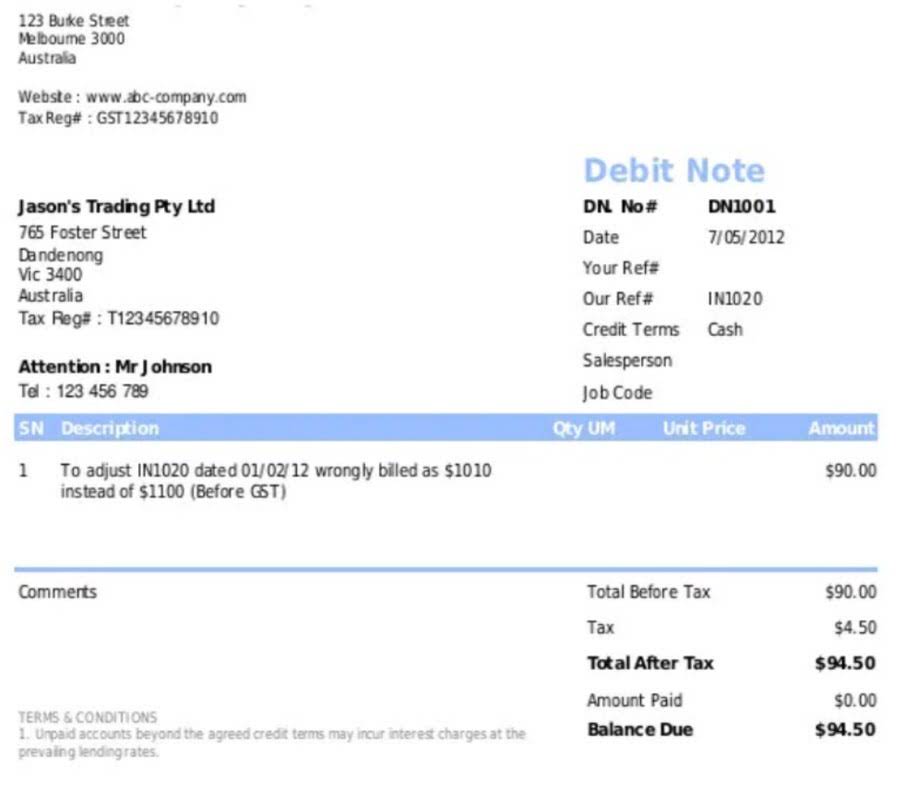
The disposal of assets has a direct impact on the financial statements of the company. In all cases, this affects the balance sheet by deleting a fixed asset. A similar situation arises when a company disposes of a fixed asset during a calendar year. The adjusting entry for depreciation is normally made on 12/31 of each calendar year. To deal with the asset disposal we first need to calculate its net book value (NBV) in the accounting records. Accordingly the net book value formula calculates the NBV of the fixed assets as follows.
Its cost can be covered by several forms of payment combined, such as a trade-in allowance + cash + a note payable. Equipment that cost $6,000 depreciates $1,200 on 12/31 of each year. Accumulated depreciation on the equipment at the end of the third year is $3,600, and the book value at the end of the third year is $2,400 ($6,000 – $3,600).
What is the approximate value of your cash savings and other investments?
In turn, the cost of the fixed asset being disposed of is transferred to this account. The journal entry for the disposal of fixed assets varies depending on the ways of disposal. The accounting transaction results in removal of the trading terminal from balance sheet and recognition of the loss in income statement. Net effect on total assets is a decrease of $1.1 million (-$4,000,000 + $1,400,000 + $1,500,000) which is also reflected by equivalent decrease in shareholders’ equity.
The numbers in the problem are normally given to you or can be found easily on the financial statements. Below are the most common depreciation methods companies use to evaluate the disposal value of plant and equipment. Accounting goes hand in hand with asset disposal because it ensures accuracy in the reports and compliance with applicable regulations and disclosure requirements. Accounting establishes internal controls and procedures to ensure proper authorization and documentation. This helps in conducting audits and ensuring the reliability of financial information related to asset’s disposal.
How Does Accounting Play a Role in Asset Disposal?
The loss on disposal of fixed asset in this journal entry will be charged to the income statement as an expense item during the accounting period. And the loss amount will equal to the remaining net book value (cost – accumulated depreciation) of the fixed asset as of the disposal date. On July 1, Matt decides that his company no longer needs its office equipment. Good Deal used the equipment for one month (June 1 through June 30) and had recorded one month’s depreciation of $20. This means the book value of the equipment is $1,080 (the original cost of $1,100 less the $20 of accumulated depreciation). On July 1, Good Deal sells the equipment for $900 in cash and reports the resulting $180 loss on sale of equipment on its income statement.
When an asset is disposed of with a gain, the journal entries will involve recognizing the gain and removing the asset from the books. Below is an example of the journal entries for the disposal of assets with a gain. When considering the purchase of assets, understanding potential disposal value helps determine their net costs. These costs significantly impact financial statements, so carefully choosing assets is extremely important. In terms of the financial statements, any losses that are treated like an expense would be debited to decrease the value. Contrary, gains would be credited to reflect the money made from the disposal.
Entry 5
This old truck has an original cost of $63,000 and an accumulated depreciation of $45,000 on the balance sheet as of the disposal date. Hence, we have a $3,000 loss in the disposal of the fixed asset as our old truck has a net book value of $18,000 ($63,000 – $45,000) as of the disposal date. If the asset is sold for cash, the cash or bank account is debited and the disposal of fixed assets account is credited with the amount how to record disposal of asset actually received on the sale of the asset. Hence, the amount transferred to the disposal of fixed assets account is the accumulated depreciation at the end of the previous accounting period. In this article, we cover the journal entry for the disposal of fixed assets. This ranges from the disposal of fixed assets with zero net book value, at net book value as well as the journal entry for gain or loss on disposal.
- • Revaluation – the adjustment of the market worth of a resource as the powers of market interest shift; this impact is brought about by factors other than decay and oldness.
- For now, it is crucial to understand that the objective of the disposal of an asset is to derecognize a long-term asset in a company’s accounting record.
- When the cash receipt from the disposal of assets is greater than the net book value, the difference is the gain on the disposal.
- There are four accounts (discussed below) affected when writing off a fixed asset at disposal.
When a fixed asset is no longer used it must be removed from the balance sheet. The removal will often result in a gain or loss to be recognized on the income statement. If the journal entries are incorrect, it may affect the accuracy of the balance sheet and income statement.
Assets involved in this process are generally long-term, including heavy machinery, vehicles, or buildings. If your disposal is over 10 years old, replacement may be worthwhile, as disposals have about a 10 to 15-year life span. Signs your disposal needs replacing include frequent jams, leaks, loud grinding, electrical issues, and corrosion. Read our guide to the cost of a new garbage disposal before getting a new system. Routinely check your garbage disposal for obstructions like broken glass or utensils that could damage blades.

